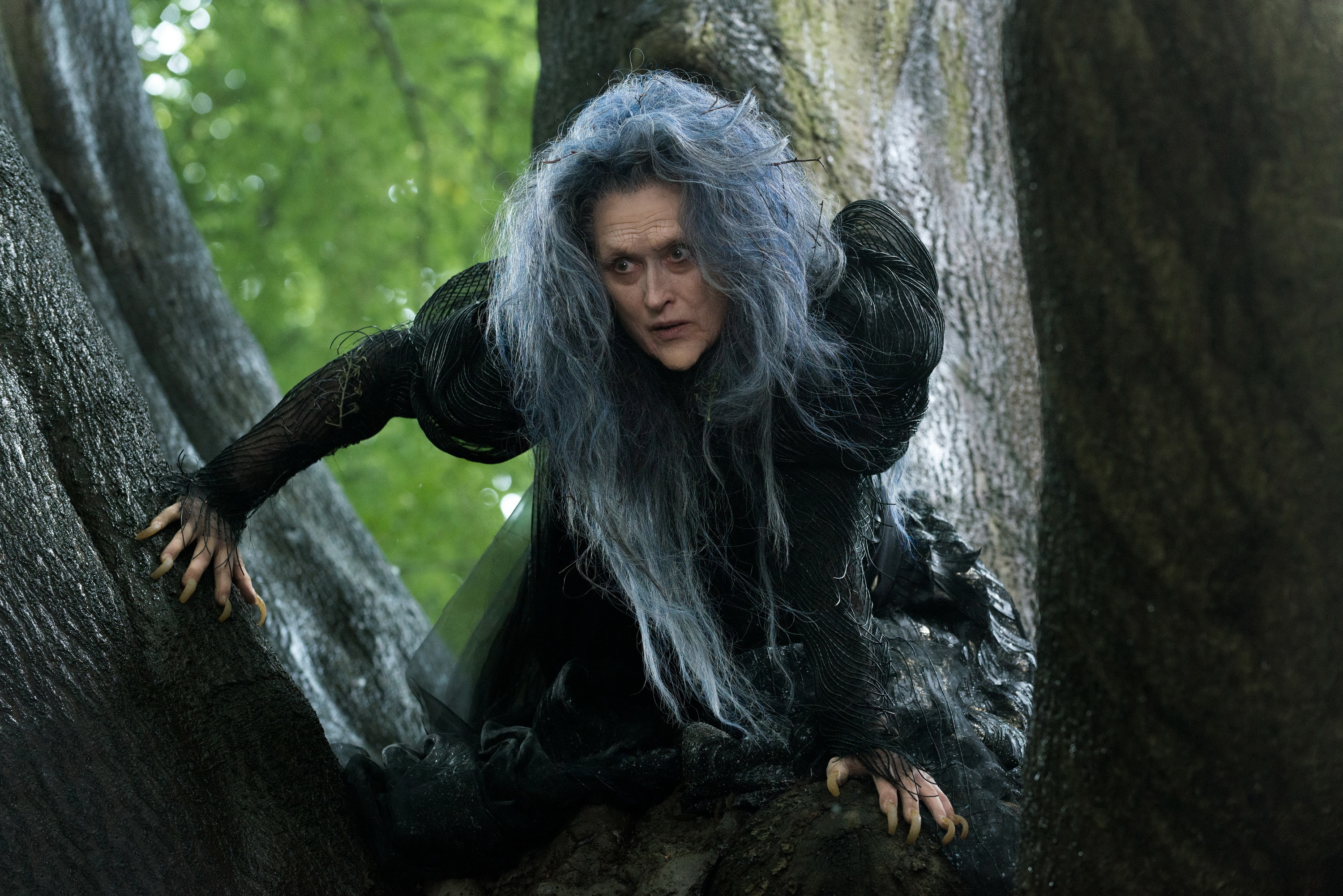Once upon a time, there was a boy who had to sell his cow at the marketplace. There was also a girl visiting her granny, a scullery maid abused by her horrid stepmother and stepsisters, and a young woman locked in a tower who boasted an improbably long head of hair. Oh, and a baker and his wife who were desperate to conceive a child. Don’t know that last one? That’s where Into the Woods comes in…
Into the Woods is an exploration of classic fairytales by musical theatre’s sine qua non, Stephen Sondheim (James Lapine wrote the book and directed the original production, but one suspects you get used to being a footnote when you collaborate with Sondheim). By focusing on the aforementioned baker and wife duo and their quest to remove the curse of infertility placed on their household, a quest that brings them into contact with Cinderella, Rapunzel, Little Red Riding Hood and Jack of “and the beanstalk” fame, it explores, psychoanalyses and generally has fun with the classic tropes of European fairytales and folklore. Widely considered to be one of Sondheim’s finest hours ever since its 1987 debut, it’s resisted attempts to wrest it onto the big screen pretty much ever since its 1987 debut.
I’ve not seen it on stage, so I can’t comment on the changes made to get it to screen and tidy up its more adult leanings to make it suitable for a Disney release – a bit of internet research indicates a few cut songs, the removal of the Narrator character and an alteration to Rapunzel’s storyline. Sondheim and Lapine both worked on the film production, so presumably hardcore fans are at least partially mollified. The result is an enjoyable, sometimes great, often clever but rarely outstanding movie.
The core story is a good one, with the Baker (James Corden) and his Wife (Emily Blunt) attempting to fulfil a very fairytale-style list of demands from the Witch (Meryl Streep) who cursed the Baker in the first place, requiring certain ingredients to be gathered together before a blue moon (which is, inevitably, three days after the quest’s start). Brief versions of the four famous tales play out in and around this central quest – pleasingly, for folklorists, they largely follow the older Grimm plots, so Cinderella has help from the tree planted on her mother’s grave rather than a fairy godmother, etcetera – before everyone gets their happily ever after. Slight problem is that this happens about halfway through the film, and then reality kicks in.
If you want to do a big, unapologetic musical, you need an excellent ensemble cast and Into the Woods does itself proud. Corden and Blunt are both great as the central duo, Streep thoroughly earns her five-hundred-and-seventy-eighth Oscar nod (note: statistic may not be quite accurate) as the Witch, Anna Kendrick does well in a slightly underwritten role as Cinderella and Lilla Crawford threatens to steal the whole movie as an irritatingly precocious Red Riding Hood by way of Veruca Salt.
The songs are as joyfully intelligent as you’d expect from Sondheim. Filled with all his usual complicated counterpoints and improbable rhyming skills (“rooting through my rutabaga” is my particular favourite line), they cascade with incisiveness and wit, both lyrical and melodic. The film’s highlight is a duet between Cinderella’s Prince and Rapunzel’s Prince (Chris Pine and Billy Magnussen, respectively), as they have a sing-off over who’s more angsty and tortured over their inability to claim their intended brides. Which they do while posing boyband-style on a waterfall, with much ripping of shirts. It’s as gloriously silly as it sounds.
The thing is, though, for all its premium ingredients Into the Woods only occasionally dazzles. It’s hard to put your finger on a particular fault, and you’re never outright bored, but there’s a slight spark missing much of the time. It might be the look – director Rob Marshall has largely gone for a fairly “realistic” production, with a relatively muted colour palette and, with one or two notable exceptions, unshowy costumes and design. The fact that a large portion of the film is shot in real locations (something I can personally attest to, having seen Rapunzel’s tower being built around the ruins of an abbey a couple of miles down the road from my house) adds authenticity, but also a certain muddy dreariness. This might be the point, and is arguably something to be applauded when many other directors might splurge on greenscreen, but when you’re dealing with fairytales surely a heightened visual sensibility should be in place? There’s also a sense that the film runs out of things to do with several characters and ditches them rather arbitrarily (the Witch, Rapunzel and both Princes all fall into this).
Still, while it’s not as good as it sometimes promises to be, Into the Woods remains an enjoyable, sometimes thought-provoking film. If nothing else, I now really want to see it on stage. One wonders if that’s what Sondheim and Lapine planned all along.

